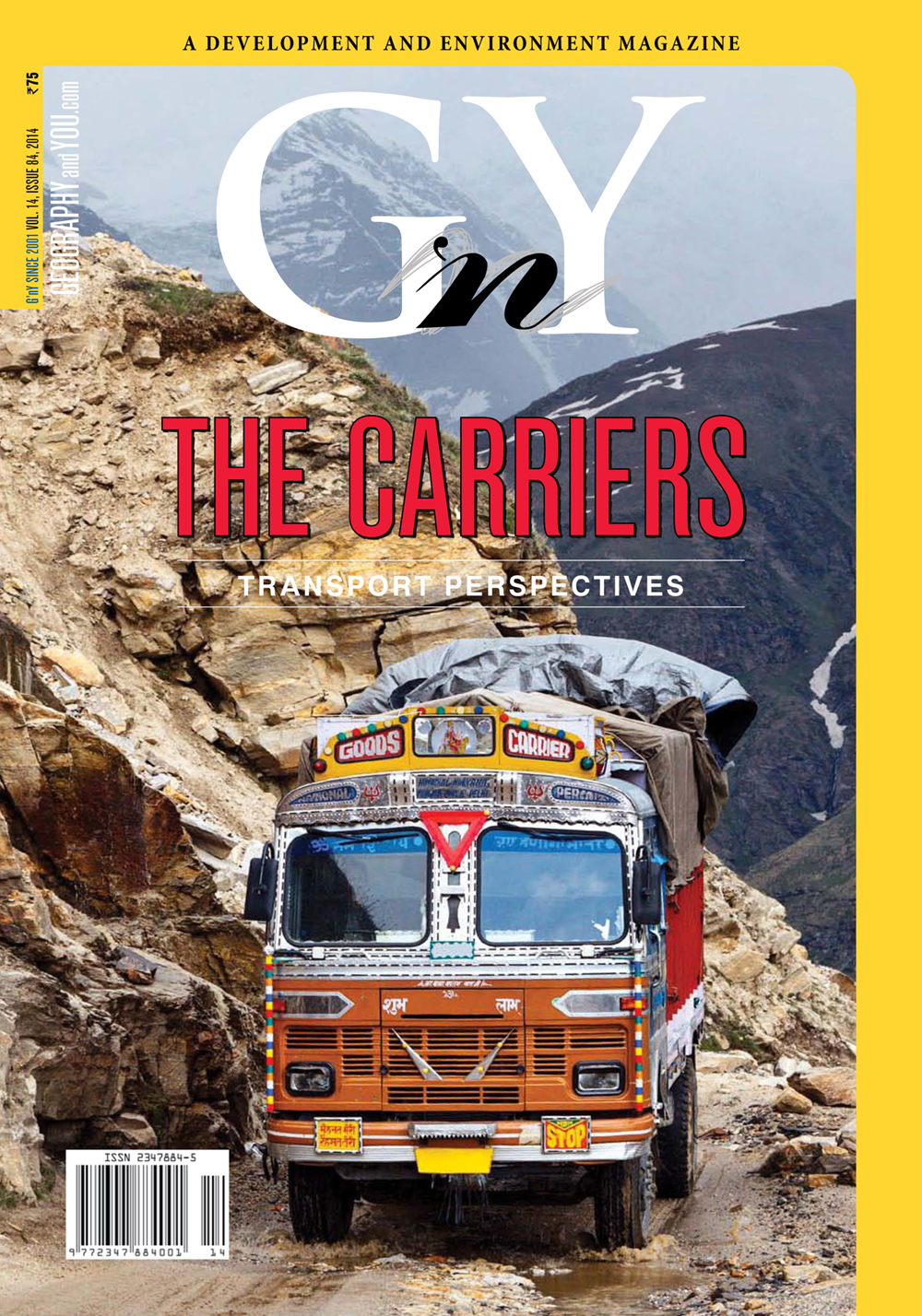
Inside this issue
Report Summary
If the capacity of a community to face the perceived disasters is developed before the specialised responders arrive, many lives could be easily saved and infrastructural losses minimised.
Transport Special
The utility of disaster insurance, a relatively new concept for India, is still being debated. This insurance would perhaps be useful only if a foundation is laid for a social and physical disaster mitigation infrastructure.
With the global increase in frequency and intensity of disasters, the need to address diverse challenges in the field of disaster research and practice requires a perspective beyond the current hazard-centric one. The paper points to significance of structural, social, and political processes that define the relationship between communities, ecosystems and technologies in disaster research.
Only in the last decade, 130 significant chemical accidents have been reported in India, which resulted in 259 deaths and 563 major injuries. Safety measures are thus required to be addressed by all stakeholders, in a sustained manner, for the prevention of chemical accidents.
The mechanism of an earthquake is very complex. The resultant liquefaction of soil is one of the prime causes of immense damage to life and property and has been discussed in the essay.
Mainstreaming corporate social responsibility in disaster management could support disaster preparedness and mitigation activities of the community and mobilise human, material, and financial resources of the company for utilisation during disaster situations.
Coastal populations, especially those of the east coast of India, are prone to frequent cyclonic calamities. Women’s participation in distribution, rebuilding, management and all other aspects of disaster is imperative for fostering responsive and sensitive partners who can mitigate the vulnerability status.
The ghost town of Dhanushkodi, Located on a tombolo a little beyond Rameswaram, used to be India’s furthest outpost in the Indian Ocean. However, the super cyclone OF 1964 not only wiped out India’s history but also its geography.
The fire in the Seshachalam forest in Chittoor district, Andhra Pradesh destroyed 1300-1400 hectares of forest land belonging to Andhra Pradesh, and about 100 hectares of forest land belonging to the Tirumala Tirupati Devasthanam.
With inadequate training, poor pest management, and lack of quality marketing facilities, the 60 million USD honey industry’s growth is hampered. With a potential for annual exports growth pegged at 20 per cent, honey can be a good income source for agriculturists.
In brief
About 59 per cent of India’s land area is under the threat of moderate to severe earthquake intensity.
Dear Readers Of the many sad images etched in my memory, the most gruesome one turns my stomach each time it flashes by. Travelling to Gajraula in Uttar Pradesh, the earthly remains of a woman splattered on NH 24, barely covered with a sequined saree, raised despondency on how cheap life is in our

